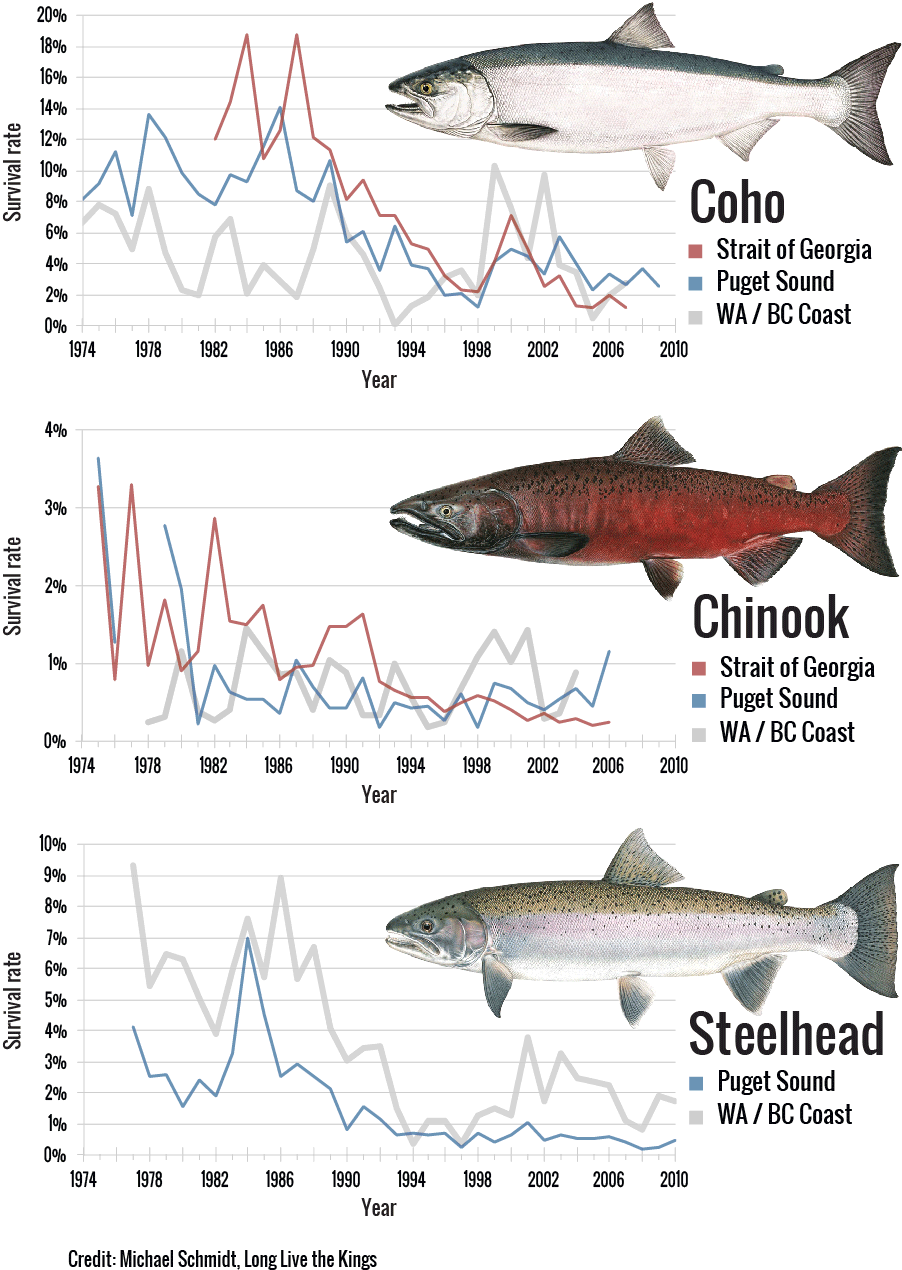Ya - that's right Bones - it starts with caged fish getting lice from wild sources - and/or from adjacent farm operations if they have mixed age classes. Lice on their fish is - to the fish farmers - often a production loss.So...... Fish farms deliver or bring smolts to open water lice free, correct? So in truth the wild salmon are inflicting damage to the fish farms. Lol
However - it's the next stage that is the concern to the wild stocks - when the lice on the farm fish - after a month or more - get eggs - and release those now magnified numbers of free-swimming lice onto the small, outmigrating juvenile salmon.
Lice mortality/morbidity is dependent upon the number of (largely) motile (sub and adult and feeding) lice per gram of host weight. So larger fish can withstand higher overall lice loads. Small, juvenile salmon cannot - esp. the chums and pinks - which are very small at outmigration. They die and/or in poor enough condition to be unable to swim away fast from predators and are eaten. I'm not "LOL"ing over this.
Last edited:


